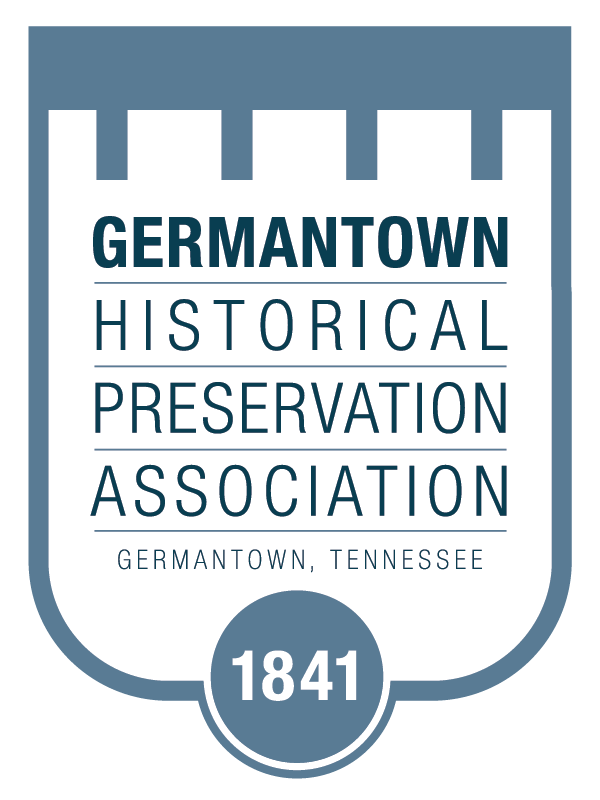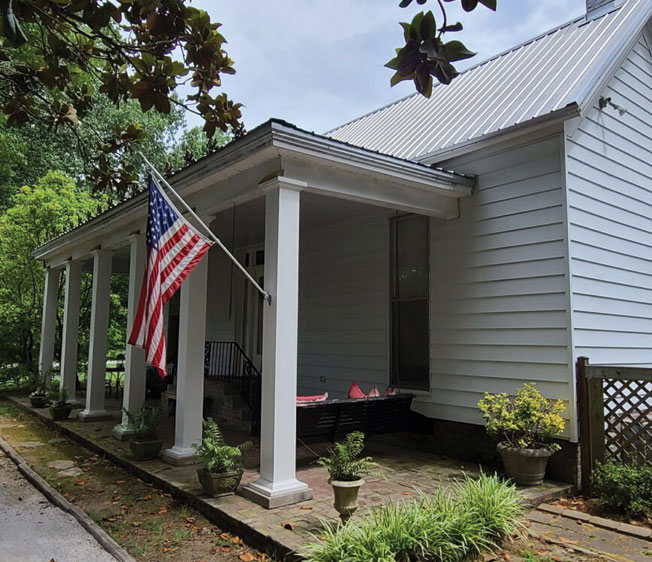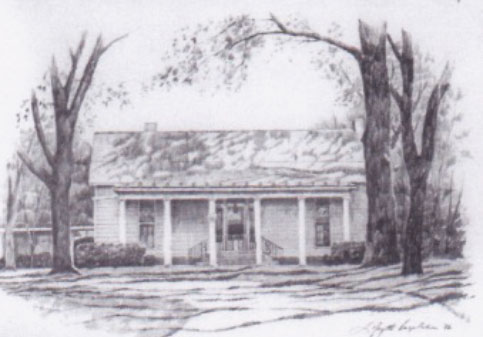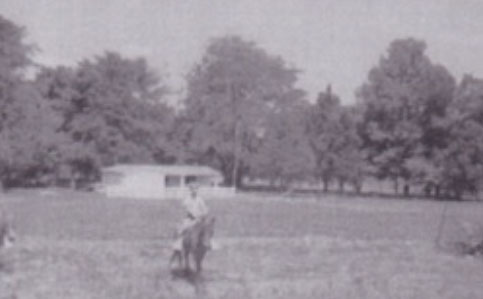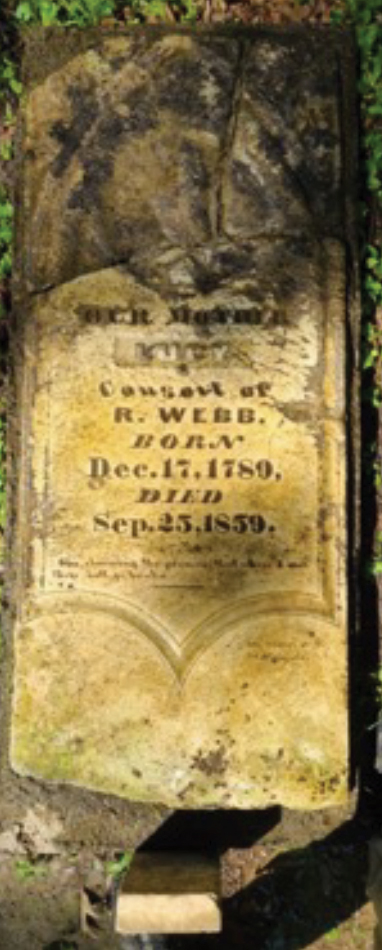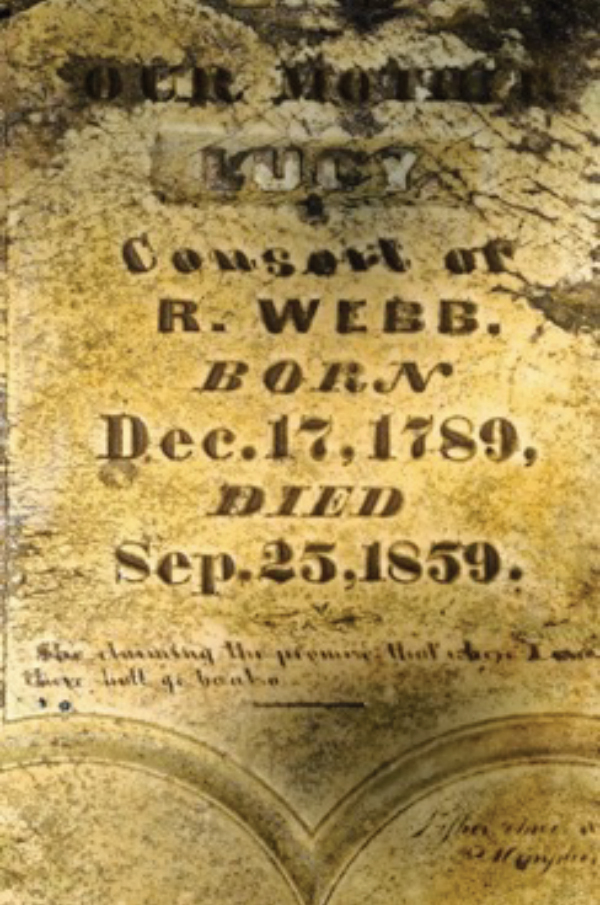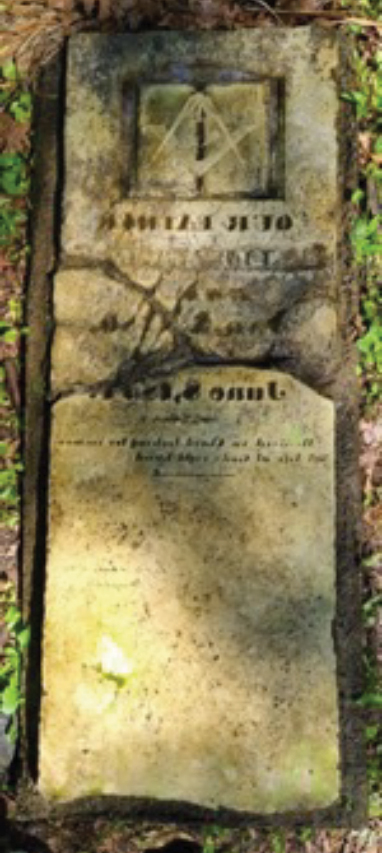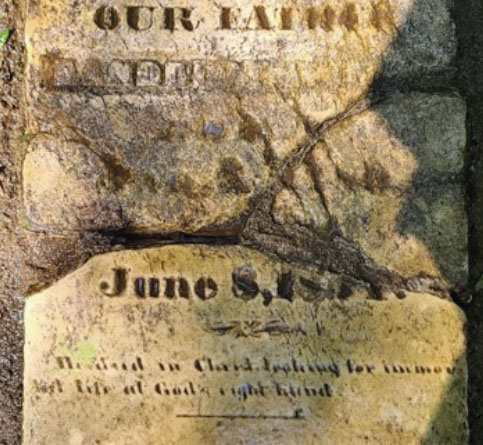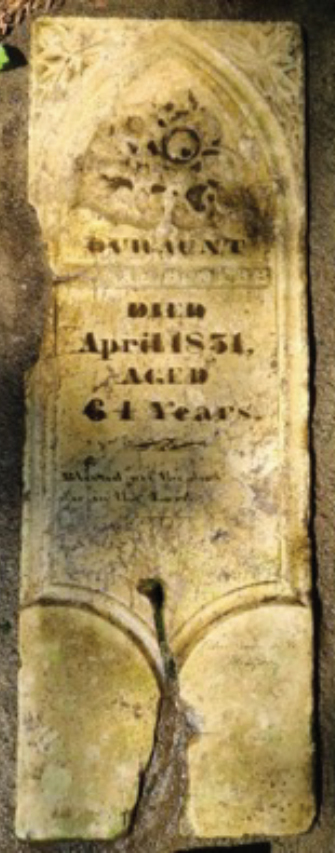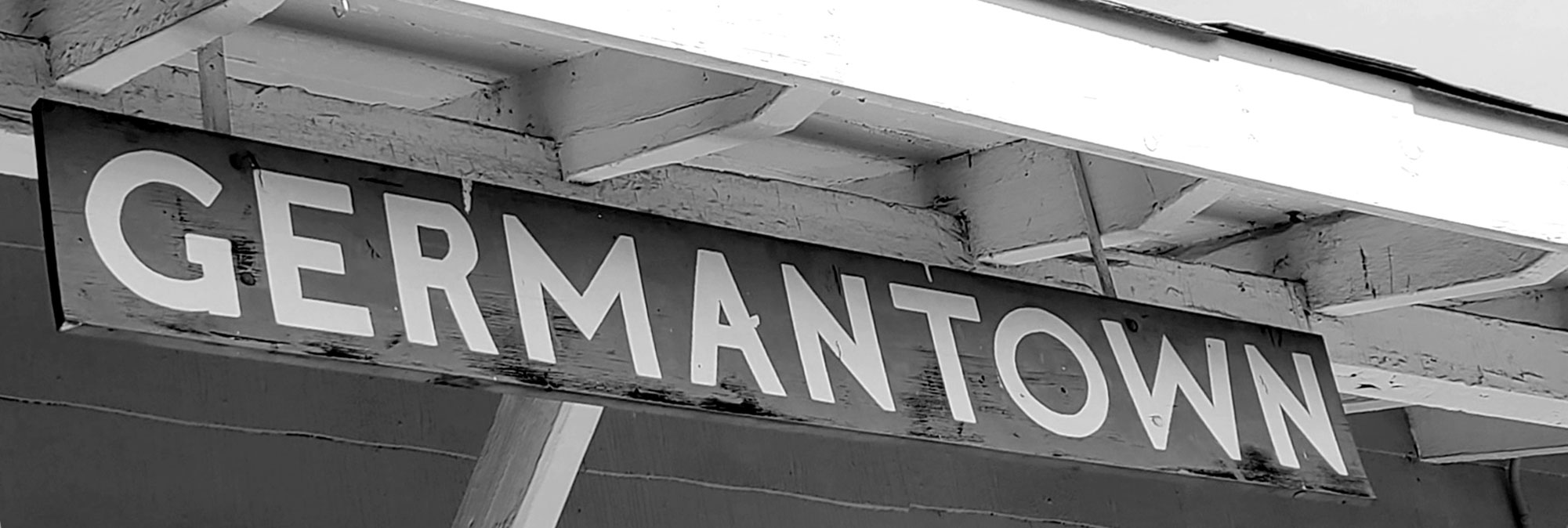
The Nurnberger’s House
By Anita Ledsinger 1,2
Information for this story was adapted from an article in 1972.
Standing on Dr. and Mrs. Nurnberger’s long front porch behind the box-shaped pillars, it seems as though little has changed along Old Poplar Pike.
The sun is filtered through oaks hundreds of years old and a gaslight streetlamp on the driveway lends a Victorian touch to the front lawn.
Built in 1822 (some say 1828 and 1832, bvh) by Randolph Webb of North Carolina, the house was designed to serve as both a private school for boys and as a home for Webb’s wife, Lucy, and their children, Mary and Monroe. The large front rooms with their 14-foot ceilings opened on either side of a central hallway and were the classrooms with the family’s living quarters directly behind.
During the middle of the 19th century, the Webb School for Boys flourished and after Randolph Webb’s death in 1855, it became a coeducational community school under his children’s management.
The Nurnberger house is a good example of pioneer architecture with its plain facade void of the cornices and fluted columns that decorated many antebellum houses in the area. All the rooms had outside entrances and the front and rear sections of the house met to form an “L-shape”.
The only architectural change in the 150-year-old house was a brick stoop that leads to the front door. It was on this front porch that Mary Webb Thompson – who was teaching in her father’s school while her husband was away at war – held back a group of Union soldiers who tried to enter the school. Her steadfastness later saved the house from being torched when Germantown was occupied by Union forces and all schools were ordered closed.
Randolph Webb planned his school home with an eye to utility and to posterity. In the family cemetery, situated just west of the house, was a tombstone, designed by Webb before his death. The tombstone was crowned with an open Masonic Bible bearing the words of his final sermon at the Methodist Church: “He Died in Christ, Looking For Immortal Life at God’s Right Hand.” In the passing years, the cemetery was filled with members of the Webb family and their servants. Randolph’s personal servant Amos, insisted on being buried next to his master with the gold watch that Webb had willed him. Amos’ headstone bore the inscription: “Well Done, Thy Good Faithful Servant.”
Dr. and Mrs. Nurnberger purchased the Webb estate in 1950 from Mrs. and Mrs. John Bowder. Sensitive to the history of the homestead, they continued the restoration that the Bowders had begun by preserving the old timbers, wide plank flooring, and high ceilings.
“Sometimes it was hard to sacrifice comfort for authenticity”, Mrs. Nurnberger admitted, “but I just couldn’t tear up those old floors. Except for taking down the wall in the central hall and making the old summer porch and pantry into a family room and dining room, there is very little change in the house since the Webb School was here.”
The history of the house from its term as a private school until the Bowder family purchased it in the late 1930s is not an illustrious one. After the turn of the century, the house fell into disrepair as the Depression swept Germantown forcing many of the large farmers and plantation owners to sell land to meet the rising taxes. The Webb house was occupied by several different branches of the Webb-Thompson family during the late 1920s and 30s until the property was finally taken over by the city. It remained vacant until the Bowders purchased the property.
“The Bowders had a great deal of work on their hands when they bought the house and its surrounding 36 acres,” Mrs. Nurnberger explained. “Many of the old homes in Germantown were shut up with their furniture intact when the owners lost their money, and these vacant places were preyed on by squatters and other prowlers. We believe that squatters lived in this house for some time until the Bowders moved in.”
Under Bowder’s care, the crumbling outbuildings were torn down and stables were built on the site of the Cedar Ridge subdivision. Mrs. Bowder also built a show ring on the land and the first Germantown Horse Show was held here in the spring of 1947.
Carl and Pat Nurnberger moved to Germantown from Detroit soon after the war. They were delighted with the small town and its historical buildings and wanted to find an old house to restore when they came upon the Webb property. Since their move to the south 27 years before, they have worked hard to maintain the charm of the property, but it hasn’t been an easy job. After clearing the cemetery of years of overgrowth, a severe storm uprooted the old tombstones about 1970.
We tried to replace the tombstones, but the storm had completely disarranged them, so we brought them to the front yard.” Mrs. Nurnberger explained. “We tried to discover the old arrangement of the headstones by contacting members of the Webb-Thompson family. Finally, Harry Cloyes (7831 Poplar Pike) allowed us to bring the stones and cement them in their proper setting on his land.”7
The widening of Old Poplar Pike claimed 35 feet of their front lawn during the summer of 1972, and where an old-fashioned garden once grew is now a dust bowl with deep ruts gutting their driveway.
“It’s not that we are against change,” Mrs. Nurnberger said, relaxing beneath a wooden ceiling fan in the family room. The room is decorated with oriental furniture and artifacts that the Nurnbergers collected during the three years they lived in Peking. “It’s just that Germantown had to be careful to preserve the old buildings and the land that distinguishes it from every other town.”
The recent bulldozing of the old Webb burial ground seemed like a final statement of change. Dr. Nurnberger went out each evening to sift through the ground that had been unearthed hoping to find some of the evidence of the Webb family such as Amos’ gold watch; but except for a white mark where a grave had been, nothing remained.
Source:
- Article was originally written by Anita Ledsinger written for a local newspaper. The paper and date have not been established, but it is believed the date was 1972.
- Transcription, photographs, and aerial imagery added by B.V. Hughes
- Drawing by Layfette Ragsdale for 1983 Germantown Calendar
- Collection of Nancy Nurnberger Finerson.
- Shelby County Archives.
- Collection of Nancy Nurnberger Finerson.
- Headstones cleaned and photographed by City Historian Andrew Pouncey at Oaklawn Garden – Harry & Becky Cloyes property (7831 Poplar Pike)
Nurnberger Home 2021
The Nurnberger’s House
Nancy Nurnberger on her horse “Bob” beside the stables built by Mrs. Bowder.4
1947 Germantown Horse Show along Poplar Pike.5
One of Dr. Nurnberger’s grandsons riding his pony in front of the barn built by Dr. Nurnberger. The Webb cemetery is among the trees to the left of the barn. Circa Nov. 1967.6
OUR MOTHER, LUCY R. WEBB (December 17, 1789 – September 25, 1879)
RANDOLPH WEBB, (Born. ? – June 8, 185?)
? D. WEBB, DIED April 1851, AGED 64 Years
